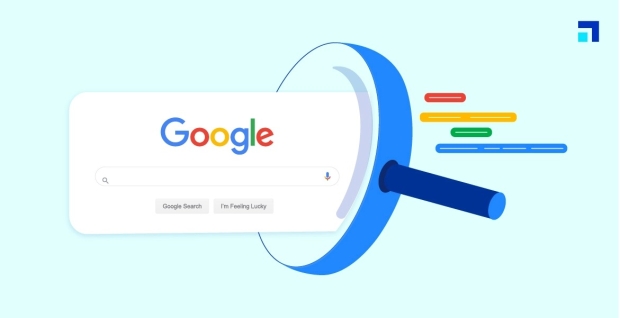Google has been battling deep fakes of people who didn’t consent to their creation for quite some time, but recently, the search engine giant has upped its efforts.

VIEW GALLERY – 2 IMAGES
The increase in its efforts against AI-generated non-consensual deepfakes is in response to the rise of generative AI tools that are making it easier for people to create deepfakes of people without their consent. Google has decided to respond to the influx of AI-generated content with a new system that streamlines the request for removal process from the victims’ perspective, along with improvements to the response to removal requests.
Additionally, when the new system confirms a request it is then added to the algorithm, which is designed to filter out any other explicit instances related to the individual from Google Search. Any duplicates of the content will automatically be removed, even if its posted on various social media platforms. Moreover, the new system works to proactively reduce the spread of deepfake content that is emerging.
An example of this would be if a user was searching for a news article about a celebrity’s deepfakes going viral. Google Search will now show the user news articles discussing the issue of deepfakes and not articles discussing the deepfakes themselves. Through this process, links that contain content that Google’s algorithm has identified as a violation will be deranked by content Google is favoring, which likely will mean Page 2 or higher of Google.
Putting any link on the second page of Google is essentially sending it into the void. And while that may sound like an exaggeration, Backlinko performed an analysis of 4 million Google search results, and found just 0.63% of people click on the second page of Google.
The old SEO saying goes, “The best place to hide a dead body is on the second page of Google Search results“